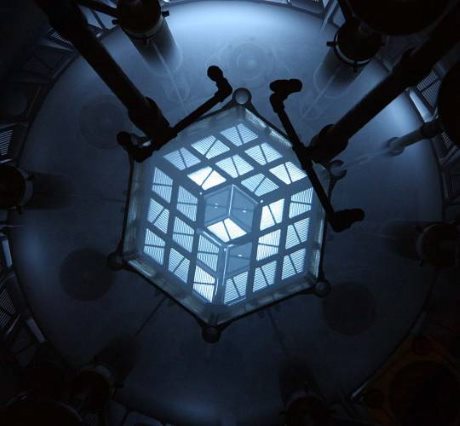Russian Fast Reactor Makes Progress to Eliminating Nuclear Waste
The BN-800 sodium-cooled fast reactor at unit 4 of Russia’s Beloyarsk NPP has registered a year of reliable and safe operation using an almost full load of uranium-plutonium mixed oxide (MOX) fuel. Russia says this proves the readiness of the closed nuclear fuel cycle technology for implementation on an industrial scale. The BN-800 is using …











